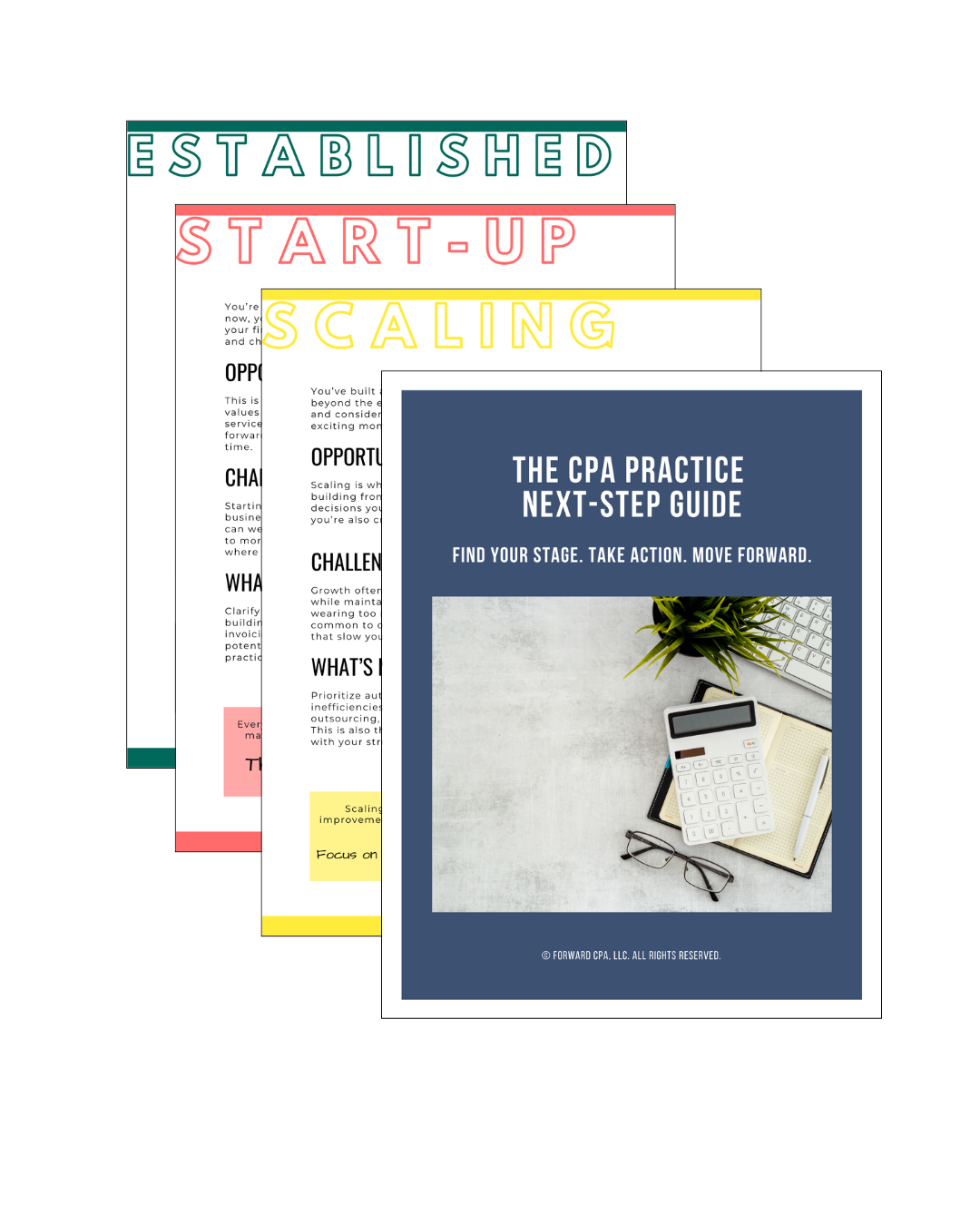The Hidden Cost of Inconsistent Workpapers
May 14, 2025
You’ve seen it before—workpapers saved with names like “Audit 2022 FINAL_final_revised.xlsx,” folders with five versions of the same trial balance, and notes that only make sense to the person who prepared them (on three hours of sleep).
Inconsistent workpapers are more than just messy—they’re expensive.
Whether you’re reviewing files, training staff, or preparing for peer review, lack of consistency slows everything down, increases risk, and drains capacity across your firm. The costs may not show up on your P&L, but they show up in the form of:
❌ Missed deadlines
❌ Burnt-out reviewers
❌ Frustrated team members
❌ Poor client experience
Let’s break down the real cost of inconsistent workpapers—and what you can do to fix it.
1. Slower Reviews (That Stack Up at the Worst Time)
When workpapers vary from one engagement to the next—or even one team member to the next—reviewers spend more time figuring out where to find things than actually reviewing them.
-
Is this tab referencing the right year?
-
Where’s the tie-out?
-
Why is this note disclosure structured differently again?
💡 The Cost:
-
Hours wasted retracing steps
-
Bottlenecks right before deadlines
-
Increased risk of missing a misstatement or error
-
Less time for real review and analysis
2. Harder to Delegate (and Promote from Within)
When each engagement file feels like a custom build, new staff never gain a rhythm—and senior staff get stuck doing things they should have already delegated.
You want to free yourself up for planning, review, or strategy work, but instead, you’re still drafting notes or cleaning up formatting.
💡 The Cost:
-
Slower onboarding for new hires
-
Over-reliance on a few experienced team members
-
Less time for firm development, business growth, or mentorship
3. Increased Risk During Peer Review
You don’t want to scramble during peer review—or worse, have to revise a report or address a deficiency—because documentation was incomplete, improperly referenced, or inconsistently applied.
Inconsistent workpapers make it harder to demonstrate:
-
That you followed your audit plan
-
That your conclusions were properly supported
-
That your quality control system is working as intended
💡 The Cost:
-
Risk of a non-pass rating
-
Time spent recreating documentation
-
Lost credibility with clients and peers
4. Lower Confidence (and Higher Stress) for Everyone Involved
When workpapers aren’t standardized, nobody knows what to expect. Preparers are unsure if they’re “doing it right,” reviewers are second-guessing everything, and clients sense the chaos behind the scenes.
This creates a firm culture of rework, doubt, and delay instead of consistency, confidence, and flow.
💡 The Cost:
-
Mental fatigue
-
Lower morale
-
A team that can’t grow because they’re stuck fixing instead of building
So... What’s the Fix?
You don’t need to rebuild your whole system to solve this. Start small—but start now.
✅ Build a Workpaper Template Library
Create standardized Excel and Word templates for common audit areas:
-
Cash
-
Capital assets
-
Payroll testing
-
Note disclosures
Include formatting, instructions, and tie-out placeholders so even new staff know what “done” looks like.
✅ Use a Standard Folder Structure
Make sure every audit file is organized the same way—year after year, client after client. This saves review time and reduces confusion.
✅ Create a Referencing and Documentation Guide
Even a simple one-page guide can help your team know how to reference, cross-link, and name files consistently.
✅ Train on Your System (and Reinforce It Often)
Don’t assume everyone knows how to use your templates—especially new team members. Build your standards into onboarding, and do a quarterly refresh.
✅ Review for Consistency, Not Just Completion
Make consistency part of your review process—not just “Did they do the test?” but “Did they follow our documentation standard?”
Final Thoughts: Clean Workpapers Are a Strategic Advantage
Inconsistent workpapers aren’t just an annoyance. They create drag at every stage of the audit—from prep to review to reporting to peer review.
But consistent workpapers?
✅ Make reviews faster
✅ Help staff grow faster
✅ Reduce stress
✅ Improve your audit quality
Start small. Pick one section this week to standardize. Next week, build a folder template.
Over time, these small shifts will create a smoother, more scalable audit process—one your team (and your future self) will thank you for.
Your Next Step Forward
Join the newsletter designed to help CPAs take the next best step in building a practice they love, with practical insights, game-changing tools, and quick wins in every email.
We hate SPAM. We will never sell your information, for any reason.




